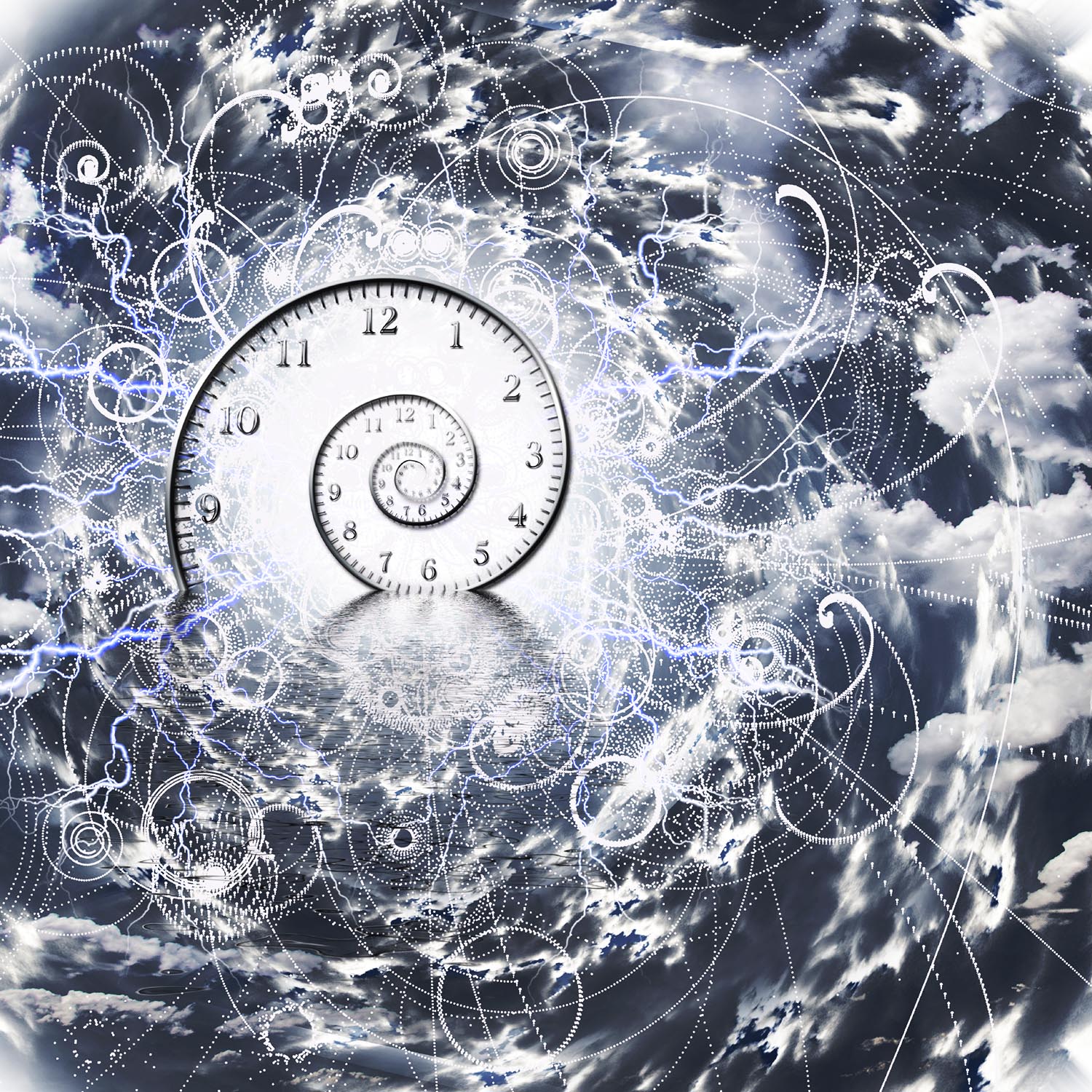
One of the most interesting and untapped concepts in the already intricate field of quantum physics is measuring the conditions or states of quantum particles, such as electrons, and how they can instantly change the state of another electron even if they are light years away from each other. This idea interested some of the worlds most famous scientists, such as Albert Einstein. This suggests that something can indeed travel faster than the speed of light. The reality of this is determined by the individual measurements that are made. Now, a team of scientists and experimenters say that they have understood this concept, and sealed up gaps in theory demonstrated in the past. This is a landmark paper in the history of quantum physics.

PERHAPS THE UNIVERSE IS MORE INTUITIVE THAN THOUGHT
This means that many of the intuitions we have regarding spatial relations and causation are, although obviously non-mystical or spiritual, right by different means. According to many physicists, this idea was settled long ago, however, the major advancement is that this opens the subject of communications research in the quantum communication technologies.
NETHERLANDS SCORE ONE FOR SCIENCE
This experiment was performed by a group of physicists at Delft University of Technology located in the Netherlands. The experiment is posted on the arXiv preprint server and is under review at an undisclosed journal. This experiment involves a concept that is called entanglement. Consider an electron spinning in one direction either up or down. According to quantum physics, the electron can spin equally in both directions at once. However, when you measure it, the quantum state will fall so that the probability of observing the electron spinning up or down has equal probability.
TWO ELECTRONS ENTANGLED MUTUALLY EFFECTING
This measurement is important because it suggests you can’t just read the spins directly. It would require you to use an analyzer set to a specific orientation to see which way the electron is spinning. In the case of the both-ways spinning theory, setting the analyzer to a vertical position leads the electron to collapse into a 50-50 probability. To make things a little weirder, this means that two electrons can be so entangled so that the spin of each electron can be completely uncertain. Both spins are completely locked to each other and are indiscernably interrelated. Basically, when two electrons are entangled, a measurement on one determines the state of the other electron regardless of how far they are from each other.

















